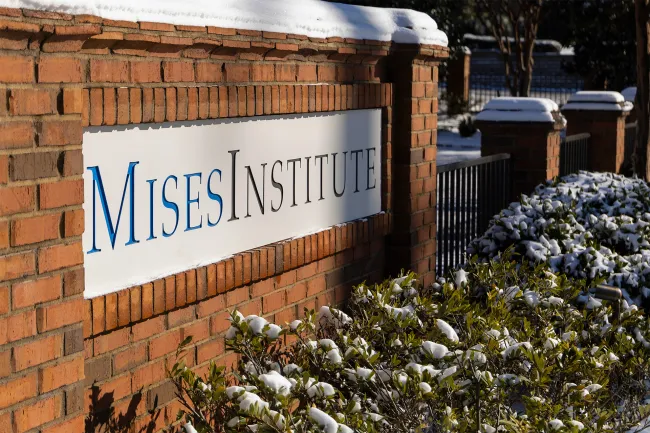Fannie Mae and Freddie Mac (also known as “GSEs”) have released their April reports on their mortgage portfolios and mortgage delinquencies. Both Fannie and Freddie report that serious delinquencies in multifamily are rising to multiyear highs.
(These numbers reflect the condition of mortgages in each agency’s portfolio, which are a major part of the overall mortgage market. Nearly half of the multifamily mortgage market are part of GSE portfolios.)
For April, seriously delinquent multifamily mortgages (90+ days delinquent) rose to 0.68 percent. That’s up from March’s total of 0.63 percent, and it was up from April 2024’s total of 0.44 percent. Fannie’s delinquency rate has risen quickly since December 2022 when the rate was 0.24 percent. Excluding the covid panic, Fannie’s delinquency rate is now the highest since 2010, but remains below the Great-Recession high of 0.8 percent.

Freddie Mac’s delinquency report, on the other hand, shows delinquencies above the Great-Recession peak. During April, Freddie reported multifamily serious delinquency rate was 0.45 percent. That’s down slightly from March 2025, but well up from April 2025’s level of 0.35 percent.
Comparing for April of each year, April 2025’s delinquency rate exceeds that of April 2011, the previous peak year for delinquencies, when April delinquencies reached 0.4 percent.

The latest GSE data also reflects mortgage delinquency data from other sources. For example, the Mortgage Bankers Association reported last week:
Commercial mortgage delinquencies increased in the first quarter, according to the Mortgage Bankers Association’s latest Commercial Mortgage Delinquency Rates Report.
“Commercial mortgage delinquencies rose across all major capital sources in the first quarter of 2025, reflecting growing pressure on certain property sectors and loan types,” said Reggie Booker, MBA’s Associate Vice President of Commercial Real Estate Research. “While delinquency rates remain relatively low for most investor groups, the uptick in CMBS delinquencies signals heightened stress in parts of the market that lack refinancing options or other challenges.”
MBA’s quarterly analysis looks at commercial delinquency rates for the top five capital sources: commercial banks and thrifts, commercial mortgage-backed securities (CMBS), life insurance companies, and Fannie Mae and Freddie Mac. Together, these investors hold more than 80 percent of commercial mortgage debt outstanding.
As the MBA’s economist mentions, the ongoing rise in multifamily delinquencies is likely linked to ongoing increases in interest rates which lead to fewer refinance options for owners of multifamily properties. Unlike single-family mortgages which are overwhelmingly fixed-rate mortgages, many multifamily mortgages are adjustable-rate mortgages and adjust upward as mortgage rates rise.
This is relevant now, of course, since the 10-year Treasury yield—which is often used as a benchmark for setting mortgage rates—gas increased from about 3.65 percent in late 2024 to about 4.45 percent today.
This isn’t necessarily a problem for multifamily housing cash flow since high interest rates also tend to push first-time homebuyers out of the for-purchase market and into multifamily rental housing. Potentially, this allows for multifamily owners to raise rents as putative homebuyers turn to multifamily housing instead.
Yet, there is good reason to believe that multifamily owners can’t simply raise rents in our presently stagnating economy. As the Federal Reserve admitted in its Beige Book summary last week, half of the US is experiencing an economy in decline, and retail layoffs had soared by nearly 300 percent so far this year. The Conference Board’s leading economic index continues to move toward recession territory.
So, conditions are not exactly ideal for landlords raising rents to make up for rising interest rates on multifamily mortgages.
Nor is there likely any relief in sight in terms of interest rates. The Trump administration’s continued embrace of mega-deficits will flood the economy with rising levels of government debt, causing more competition for mortgage-backed securities which will push down bond prices, thus pushing up interest rates further. The current upward trend in multifamily delinquencies is likely to continue.


